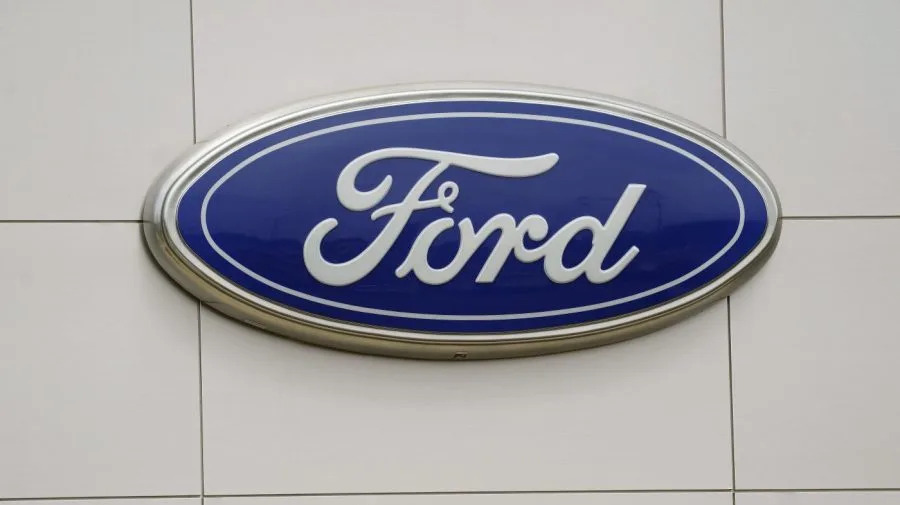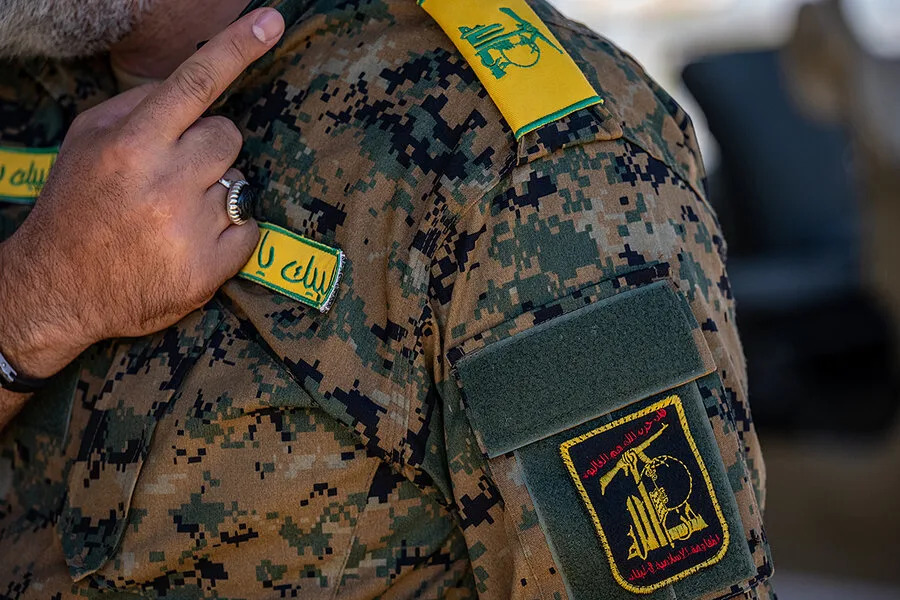Brooke DiPalma
·Reporter
Fri, September 8, 2023
Walmart's (WMT) updated pay structure sent another signal to Wall Street that the labor market appears to be shifting.
In mid-July, Walmart changed the way it pays entry-level workers. Stockers and personal shoppers for online orders who join the Walmart workforce now make the same starting wage as cashiers — about $1 less per hour than the starting wage for those roles three months ago. Pay for existing workers did not change.
The world's largest retailer said it updated its pay structure to be "more consistent" across jobs and to create "new opportunities for associates to gain new skills from experience across the store," Anne Hatfield, a Walmart spokesperson, told Yahoo Finance. Hatfield added that nearly 50,000 employees received a wage increase following the change.
"This news does indicate the labor market tightness is easing more broadly," Jefferies analyst Corey Tarlowe wrote in a note, adding: "We don't believe that this change will have a material impact on Walmart's payrolls."
A Walmart worker organizes products at a Walmart store in Teterboro, New Jersey, U.S., October 26, 2016. REUTERS/Eduardo Munoz
To some on Wall Street, the move suggests Walmart now has a leg up on workers, setting a different tone than earlier this year when it hiked its average hourly wage to $17.50 as companies struggled to attract enough staff.
The tight labor market also led other major retailers such as Home Depot (HD) to announce billion-dollar investments in wages earlier this year. But that may no longer be the norm going forward, as Walmart is seen as a bellwether for the economy.
As America's biggest private employer, providing nearly 1.6 million jobs in the US, Walmart often sets precedents for other retailers.
"The application rates must be up," Sucharita Kodali, Forrester Research retail analyst, told Yahoo Finance. "This will definitely trickle over to other parts of retail."
Other signs of slowing wage growth are emerging too. As Yahoo Finance's Myles Udland reported on Friday, wage gains for job switchers also point to an easing labor market.
The three-month average of annual wage growth for job-hoppers dropped to 5.6% in August. That's down from 8.5% in July 2022, according to data from the Atlanta Fed.
"We expect this labor market rebalancing to continue," Fed Chair Jerome Powell said last month.
Meanwhile, Walmart stock continues to get a boost from investors, up nearly 20% from a year ago as consumers turn to the retail giant for value.
In the retail giant's second quarter earnings, the Arkansas-based chain posted same-store sales that rose 6.30%, more than the 4.04% expected.
—
Brooke DiPalma is a reporter for Yahoo Finance. Follow her on Twitter at @BrookeDiPalma or email her at bdipalma@yahoofinance.com.
















